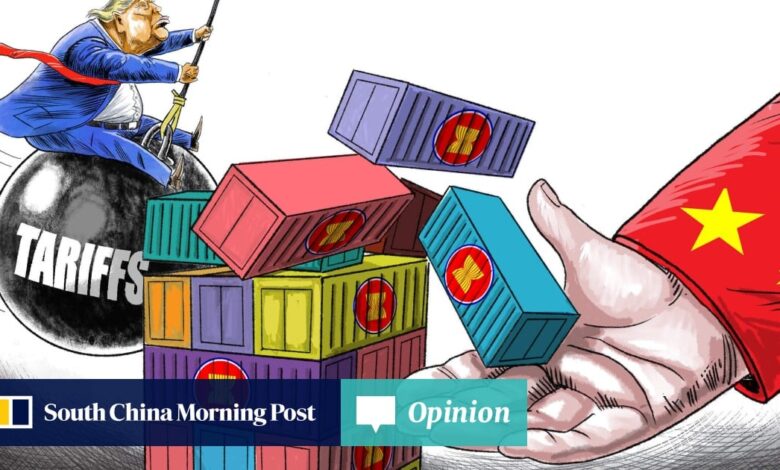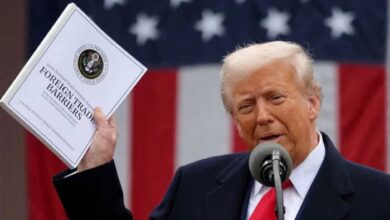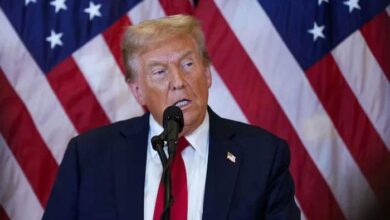Opinion | 3 ways Asean can survive Trump’s tariff war – and 4 ways China can help

This has unleashed a profound shock wave across the Association of Southeast Asian Nations (Asean). For the regional bloc, these tariffs transcend mere economic concern; they constitute an existential threat that could destabilise entire societies and ignite sociopolitical volatility. This necessitates an urgent recalibration of regional strategies and a critical reassessment of partnerships, notably with China.
The rationale underpinning reciprocal tariffs – a simplistic equation that matches tariffs to perceived trade imbalances – fundamentally ignores the intricate realities of modern production. Asean members are integral components of a complex global network, contributing substantial value to finished products. To penalise them for this role is to undermine the very foundations of international commerce.
Vietnam’s electronics exports – an estimated 34 per cent of its total exports in 2024 – are particularly imperilled. A significant portion of these exports are destined for the US market. A 46 per cent tariff could precipitate billions of dollars in lost revenue, directly affecting the livelihoods of millions employed in this vital sector.
Cambodia’s garment industry represents up to 70 per cent of its total exports and employs hundreds of thousands of workers. In 2024, Cambodia’s exports of garments, textiles, footwear and travel goods almost reached US$14 billion, a 23 per cent increase from the previous year, with garments alone accounting for US$9.79 billion, a 24 per cent year-on-year rise.
Since the US is a major export market for Cambodia, the 49 per cent tariff is likely to devastate these sectors, potentially triggering widespread unemployment.
Source link



